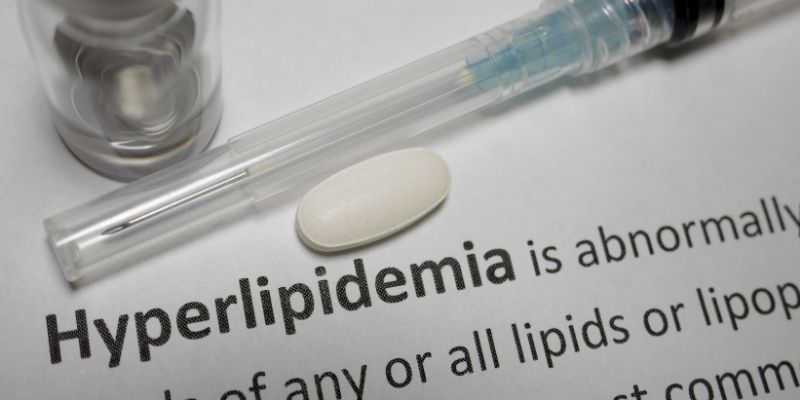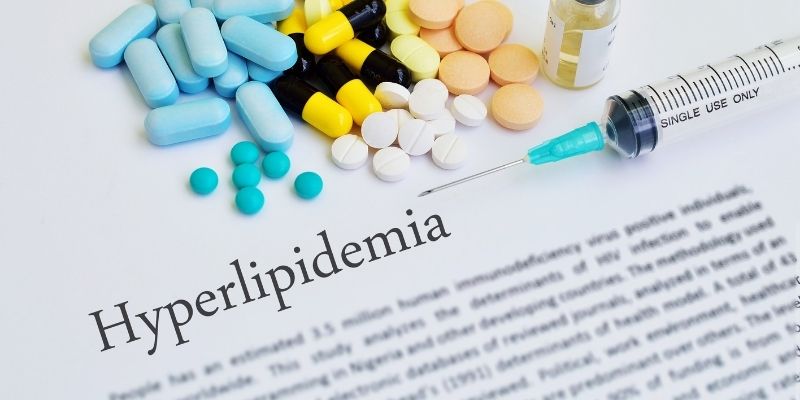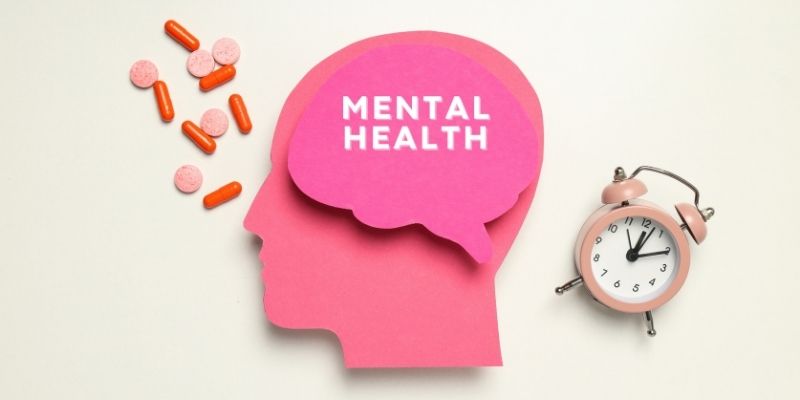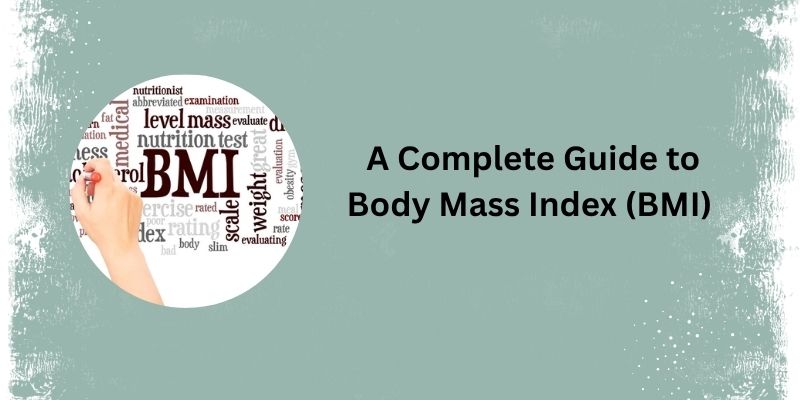Hyperlipidemia is one of the most common yet least known disorders when it comes to heart health. It means that there are too many lipids in the blood, such cholesterol and triglycerides. At first look, this may not seem like a big deal, but these fatty substances slowly build up along the walls of arteries, which may cause serious health problems over time. The most worrying thing about hyperlipidemia is that it typically doesn't show any clear signs until it has become really bad.

Tiredness That Lasts Too Long
Many individuals believe that their daily tiredness is due to having a lot to do or not getting enough sleep. But when it comes to hyperlipidemia, long-term weariness might be caused by poor blood flow. When fatty deposits block arteries, blood that is rich in oxygen can't flow freely, which makes the body work harder to keep doing simple things. This inner battle may leave you feeling tired all the time, even after getting plenty of rest.
Over time, not getting enough oxygen can impair both your physical strength and mental clarity. Low energy may manifest as obvious sluggishness or trouble focusing. When it comes to physical health, fatigue is typically an early clue that something else is amiss. People may recover their balance and energy levels with the correct assistance and treatment if they recognize this symptom and get the necessary test.
Pressure or pain in the chest
Chest discomfort is one of the most significant and direct signs of arterial dysfunction among all the cardiovascular symptoms. Hyperlipidemia narrows the coronary arteries, a condition known as atherosclerosis. As blood tries to get through these smaller openings, pressure may build up in the chest. This pain typically becomes worse when you work out or are under a lot of stress.
Chest pain is never something to disregard in terms of medical urgency. It may feel heavy, tight, or even scorching, and this usually indicates that the heart muscle isn't receiving enough oxygen. It is essential to take note of this warning indication. Because of this, anyone who experiences chest discomfort that comes and goes or has no clear cause should see a doctor immediately to determine whether high cholesterol is a problem.
Leg cramps and bad blood flow
To achieve whole-body wellness, you also need to pay attention to symptoms that show up outside of your head and chest. If you have leg cramps when walking or ascending stairs, it might be a sign of peripheral artery disease (PAD), which is caused by fatty blockages in the arteries of the lower limbs. These obstructions slow down blood flow, which may cause discomfort, numbness, or a heavy feeling in the legs that typically subsides with rest.
This symptom is a sign of a bigger problem: poor circulation. It suggests that hyperlipidemia may be affecting more than simply the heart. Reduced circulation can have a significant impact on quality of life, mainly in terms of physical mobility. Being aware of these signs may help doctors identify them sooner, which in turn opens up therapy options that improve vascular health and restore mobility.
Ups and downs in the way skin looks and feels
In dermatology, hyperlipidemia can manifest visibly on the skin. Xanthomas are lumps of fat that occur under the skin. They frequently seem like yellowish pimples around the eyes, elbows, or knees. These growths aren't unpleasant, but they are signals that the body's lipids are out of balance.
Corneal arcus, a white or gray ring around the cornea, is another sign that something is wrong. This is common in elderly individuals, but if it occurs in younger people, it may indicate that their cholesterol levels are too high. These external symptoms may seem insignificant, yet they can expose a great deal about a person's health. A change in how you look might be your body's quiet way of asking you to think and act.
Breathlessness with Little Activity
Breathlessness is a key symptom of an underlying imbalance in comprehending bodily limits. When cholesterol levels go up and blood flow via the arteries becomes narrower, the heart has to work harder to provide oxygen to important tissues.
Because of this, shortness of breath isn't only an indication of being out of shape; it might also mean that the cardiovascular system isn't working properly. Finding this symptom early gives you a chance to check how well your heart is working before more significant problems happen. By following medical advice and making changes to your lifestyle, you may improve your breathing and energy levels, which will help you feel stronger.
Headaches, dizziness, or blurry vision
Hyperlipidemia may also affect the brain when it comes to neurological symptoms. If the arteries that provide blood to the brain are too small, you may feel dizzy, get headaches, or see things that aren't there. These signs point to the possibility that fatty plaques are building up in the arteries that provide oxygen to the brain.
People typically ignore these neurological signals, attributing them to stress, dehydration, or eye strain. However, since they occur repeatedly, they need to be examined more closely. Examining these symptoms from the perspective of vascular health may help you identify underlying risks. This knowledge encourages people to take action early and stay vigilant, which may prevent more severe problems, such as a stroke.
Blood Pressure and Lab Results
When it comes to measurable results, high blood pressure and hyperlipidemia often go hand in hand. When plaque builds up in arteries, they become less flexible and harder. This means that the heart has to work harder to move blood, which causes high blood pressure. This combination greatly raises the chances of having a heart attack, stroke, or kidney problems.
Lab results clarify things when symptoms are unclear. A lipid panel can show high levels of total cholesterol, low-density lipoprotein (LDL), and triglycerides. These numbers enable planning for care ahead. Regular checkups and being intentional about lab monitoring turn uncertainty into knowledge, allowing people to make informed, timely choices about their health.

Conclusion:
Hyperlipidemia is a unique problem when it comes to preventing health problems. It often goes unnoticed until the problems become severe. However, paying attention to your body's subtle signs, such as constant tiredness, chest pain, leg cramps, or changes in your skin, can alter the course of this journey. These signs prompt us to think and encourage us to look more closely.
We can respond with clarity and purpose if we work on connecting more deeply with our physical cues and aligning with a vision for long-term health. People can take back control by recognizing the problem early, undergoing regular screenings, and making informed changes to their lifestyle. With this intentional framework, you can halt progress, restore balance, and live a life filled with health and energy.












